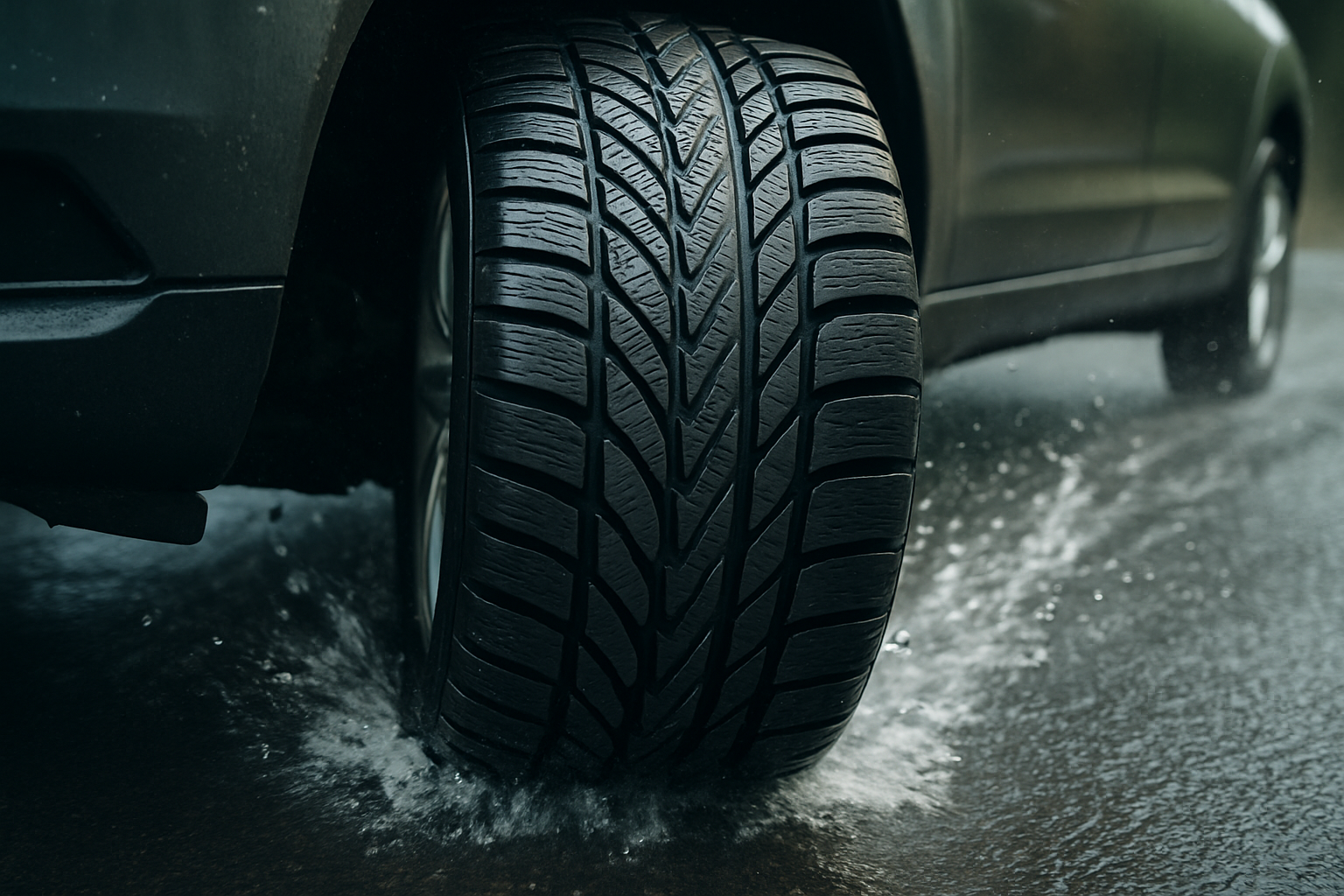Performance of All-Season Tyres Across UK Seasons: Rain, Cold, and Mild Winters
All-season tyres promise year-round usability, but their real-world performance depends on how and where you drive. In the UK, frequent rain, variable temperatures, and generally mild winters shape how these tyres grip, brake, and wear. Understanding their design, strengths, and trade-offs helps you decide if they fit your daily routes and local climate.

All-season tyres aim to simplify tyre choice for drivers who face varied but not extreme conditions throughout the year. In the UK, that typically means wet roads for much of the calendar, occasional cold snaps close to freezing, and only sporadic snow or ice outside higher ground. By blending elements from summer and winter designs, these tyres target predictable handling in the wet, acceptable grip in the cold, and comfortable cruising when conditions are mild.
What are all-season tyres and how do they work?
All-season tyres combine tread compounds and patterns that balance flexibility in cold weather with stability in moderate warmth. Compared with dedicated summer products, they use more silica-rich rubber for wet grip and lower-temperature pliability. Compared with winter options, they retain stiffer blocks and fewer aggressive sipes to limit tread squirm on dry and damp roads. Many carry the 3PMSF (Three-Peak Mountain Snowflake) symbol, indicating a tested minimum level of snow traction. In practice, that means usable performance in light snow and slush, while prioritising wet braking and aquaplaning resistance for typical UK rain.
Key advantages: convenience and savings
For many drivers, the standout benefit is convenience: avoiding seasonal changeovers and storage. That simplicity can translate into savings on fitting and the need for a second set of wheels or storage space. Because the same set stays on the car, wear is spread across one pattern rather than alternating between two, which can suit lower to moderate annual mileage. In everyday UK use—wet motorways, damp urban commutes, and cool mornings—good all-season tyres offer reliable braking, predictable steering, and noise levels comparable to modern summer options. The single-tyre approach also reduces the risk of mismatched sets, which can compromise handling balance.
Potential disadvantages and trade-offs
Compromise is inherent. In warm, dry conditions, many all-season tyres trail strong summer designs in dry braking and high-speed cornering stability. On the flip side, while the 3PMSF mark signals snow ability above basic “M+S,” they do not match the ice and deep-snow traction of quality winter tyres, particularly on untreated roads or steep gradients. Their broader operating window can also mean faster wear under aggressive driving, frequent high loads, or sustained motorway speeds in summer. Tyre noise and rolling resistance vary across models; some prioritise cold-weather grip at the expense of efficiency, while others lean toward quiet, economical cruising with slightly looser snow performance.
Is all-season right for your driving style?
Driving patterns matter as much as local weather. If your routine is urban or suburban with mainly wet and cool conditions, all-season tyres suit predictable, low-drama handling. Motorway commuters who value comfort and steady wet grip may also be well served. However, enthusiasts who enjoy spirited driving on dry B-roads in warmer months will likely prefer summer tyres for sharper steering and shorter dry stopping distances. Conversely, if you regularly travel at dawn, on rural routes, or in higher elevations where frost, sleet, and occasional snow are common, winter tyres provide a stronger safety margin during the coldest weeks. Consider vehicle type too: heavier EVs and SUVs can stress tyres differently; choosing reinforced or EV-optimised all-season models can help manage wear and range.
Performance in varying UK weather
Wet performance is central in the UK. Look for patterns with wide circumferential grooves and lateral channels to disperse water and resist aquaplaning, alongside silica-rich compounds for wet braking. In the cold, flexibility near 7°C and below is key; modern all-season compounds are engineered to remain compliant, maintaining grip on damp, chilly tarmac. During mild winters, you should expect consistent starting traction and controlled braking on frosty mornings, with enough siping for light snow. That said, on polished ice or compacted snow, even 3PMSF all-season tyres benefit from cautious driving, longer following distances, and gentle inputs. Regularly check pressures, as colder air reduces inflation and can lengthen stopping distances if left uncorrected.
Understanding all-season performance over time
Tyre behaviour evolves with wear. As tread blocks shorten and sipes shallow, snow and slush traction decreases, while wet braking can still remain strong if the compound retains elasticity. Rotating tyres according to the manufacturer’s schedule helps keep wear even, preserving predictable handling. Seasonal temperature swings also affect pressures, so a monthly check—plus before longer trips—supports consistent performance and range on hybrids and EVs. Finally, alignments and suspension condition matter: even excellent all-season tyres cannot overcome uneven camber or worn dampers that reduce contact patch effectiveness in heavy rain.
What about the term “all-season tires”?
In UK usage, “tyres” is the standard spelling, while “tires” is common in North America. Some labels and reviews may therefore reference “all-season tires.” The products aim for the same multi-condition balance, but regional testing priorities can differ: UK-focused models often emphasise wet braking and aquaplaning resistance, while some North American versions may place added weight on light-snow performance. Check the 3PMSF symbol, EU tyre label values for wet grip and efficiency, and independent test results to match your priorities.
Choosing confidently for UK conditions
Start with your climate exposure and driving style: frequent rain, occasional cold snaps, mostly treated roads, and moderate speeds favour all-season tyres. If your region sees frequent untreated snow or you value maximum dry grip in summer, seasonal sets still provide an edge. Balance the trade-offs with objective markers—3PMSF, wet-grip ratings, independent tests—and keep pressures, rotation, and alignment in check. The aim is year-round confidence without over- or under-equipping your car for the conditions you actually encounter.




